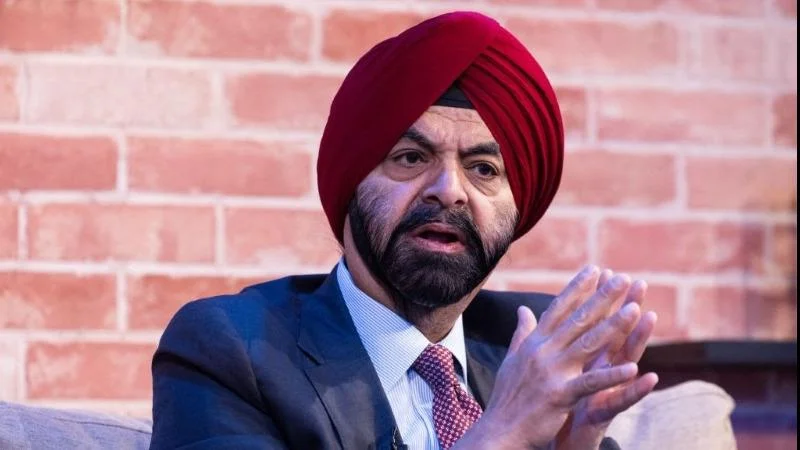Indonesia is grappling with a housing crisis and rising urban emissions as its urban population is projected to reach 67% by 2035. The demand for affordable housing is increasing, yet nearly 20% of urban residents live in informal settlements. These self-built structures often lack resilience against natural disasters.
Cities in Indonesia are significant contributors to greenhouse gas emissions, which rose from 31% to 44% between 1990 and 2015. Poorly planned urban sprawl exacerbates this issue, pushing new developments to city outskirts and increasing commuting distances.
In response, the governments of Palembang, Lubuklinggau, Musi Rawas Regency, and South Sumatra province collaborated with the City Climate Finance Gap Fund (Gap Fund), implemented by the World Bank and European Investment Bank. This partnership aims to address both housing and climate needs through innovative solutions.
From January 2022 to August 2023, the Gap Fund provided $225,000 in technical assistance for sustainable housing development in these regions. The initiative focused on creating digital planning tools for identifying suitable areas for housing projects and estimating greenhouse gas emissions. It also involved drafting green housing guidelines tailored to local contexts.
To better understand potential locations for green homes, the Gap Fund worked with Capsus Mexico to develop digital tools like the Housing Location Suitability Tool and Housing Calculator. These tools assist local governments in making informed decisions about where to build or retrofit homes.
The analysis revealed that affordable housing could be built centrally by adding rental rooms or constructing backyard housing while prioritizing land suitability. Retrofitting considerations should focus on areas with high precariousness using spatial data.
A key challenge was overcoming perceptions of climate-smart housing being too costly. By building strong relationships with communities and governments, the project demonstrated that green housing can be affordable with economic benefits.
Ricardo Ochoa Sosa from Capsus Mexico stated: "Instead of developing tools and methodologies and then sharing them with local people, we did it the other way around."
On-ground efforts led to drafting plans for retrofitting and building 100 climate-smart homes using local materials. The project has influenced policies at both local and national levels. It laid groundwork for the Indonesia Green and Affordable Housing Program (IGAHP), aiming to build one million green homes by 2030.
The Gap Fund's support has established a scalable model adaptable worldwide. Dao Harrison from the World Bank emphasized: "Working with low-income neighborhoods, we can help households improve their homes... Household-led densification investment is one of the most affordable methods."
This collaboration provides Indonesia a replicable model integrating green design into urban planning while mitigating climate impacts.

